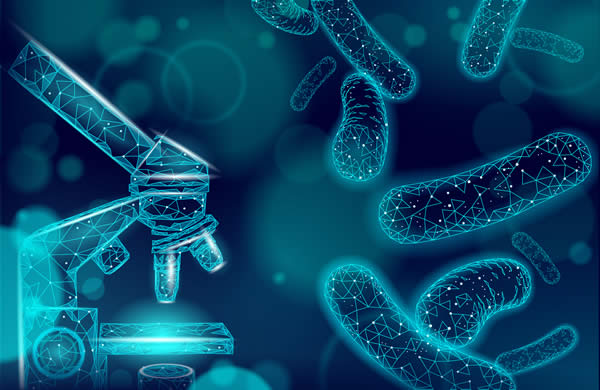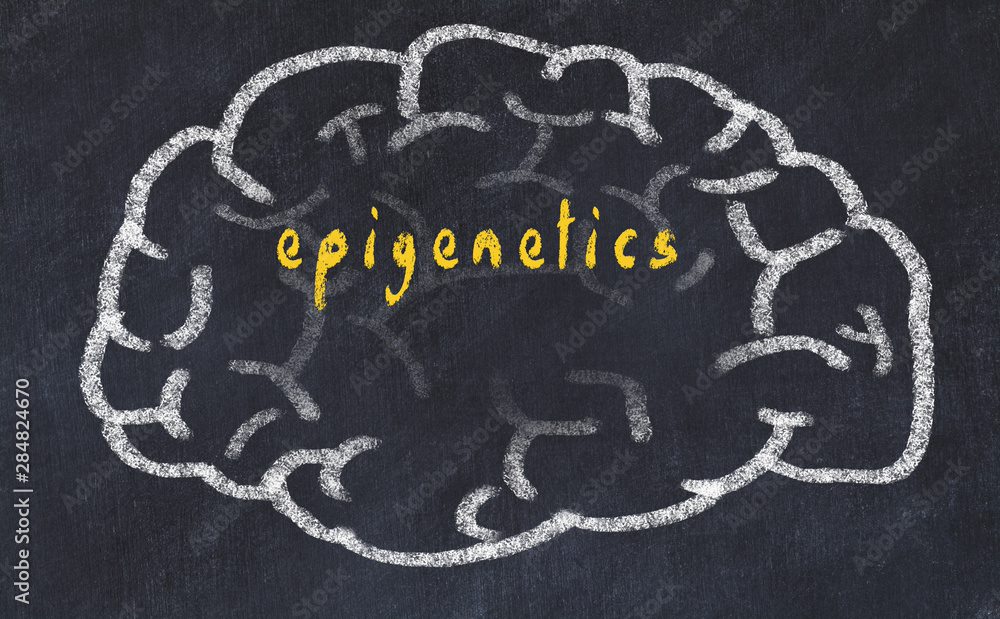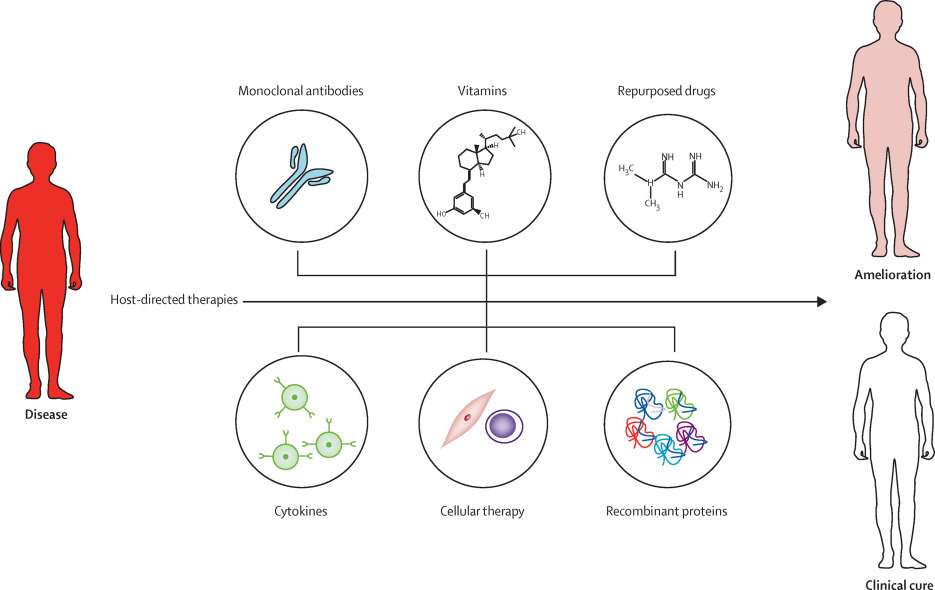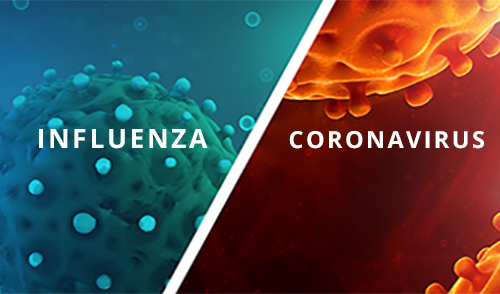
Prepared by Design: How human-centered design can improve public health emergency preparedness and response
Many of us experienced significant challenges adapting to the COVID-19 pandemic. Some of us drove to vaccination locations only to find that appointments had not been fully transmitted through the computer system or that we misinterpreted eligibility requirements and had to return on another day...

Aptamers as the new antibodies: A new approach to detecting and neutralizing pathogens
Antibodies – ubiquitous in biology research, powerhouses for at-home diagnostics, and recently famous as COVID-19 therapeutics, these proteins are considered critical jacks-of-many-trades for the biotech industry. But antibody production is slow, costly, and has storage limitations, and the strong target-binding behavior of antibodies precludes their use in some applications...

Symbiotic Defenders: Our Microbiome’s Role in Combating Future Health Emergencies
One of the more perplexing aspects of COVID-19 is the heterogeneity of clinical manifestations of SARS- CoV-2 infection. A variety of factors, including body mass index, age, comorbidities, genetics, and (epi)genetics, are likely involved in the diversity and severity of COVID-19 symptoms...

Using epigenetics to objectively map diseases and develop new therapeutics
A recent study (1) published in the Journal of the American Medical Association (JAMA), entitled, “Racism, Not Race, Drives Inequality Across the COVID-19 Continuum,” the authors make the case that societal factors have caused many of the COVID-19 deaths in underprivileged communities. They compare and contrast two studies (2, 3), one in Bronx, NY, and the other in Milwaukee, WI, which concluded that that disparities in housing, education, economic opportunity, and savings account for most if not all of the differences...

The Promise of Host-Based Therapeutics
Host-directed therapeutics hold enormous potential to treat a wide array of medical conditions, from sepsis to chronic infections like tuberculosis and HIV and even cancer. What differentiates this class of therapies is both that it operates on a fundamentally different and potentially more effective level than traditional antivirals or antibiotics, and that the class creates unique opportunities for scale...

Applying Lessons of COVID-19 to Seasonal Flu
Since 2010, an average of 45 million people were infected with the flu annually; with hundreds of thousands of those people hospitalized in the United States. During the COVID-19 pandemic, still widespread across the globe, something strange happened: the 2020-21 flu season was almost completely absent. The CDC reports the lowest number of flu hospitalizations, since it began....